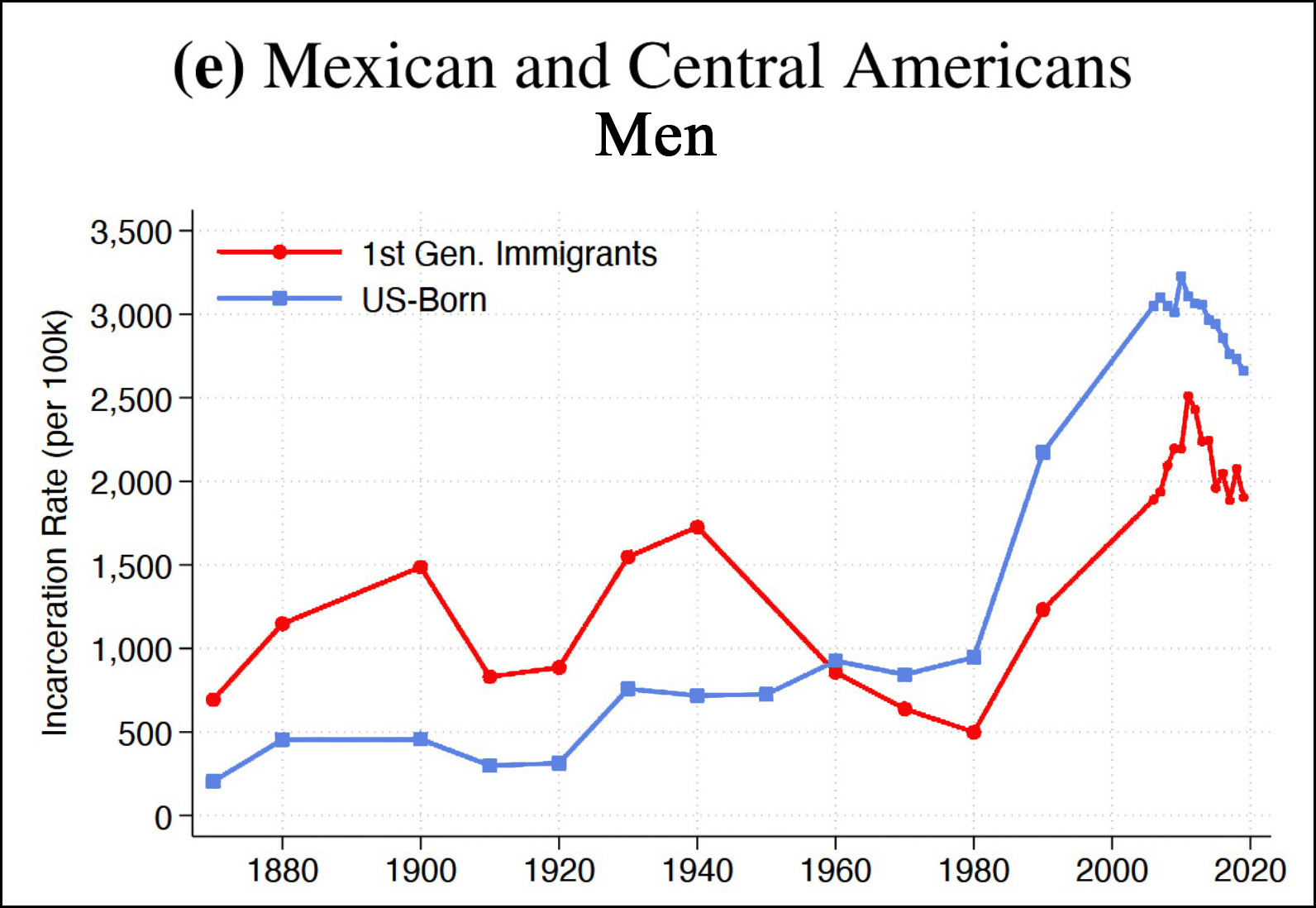Here is Elon Musk's version of the story about how and why Starlink satellite coverage around Crimea was inactive when the Ukrainian government wanted to use it to guide a drone attack on the Russian navy:
There was an emergency request from government authorities to activate Starlink all the way to Sevastopol.
The obvious intent being to sink most of the Russian fleet at anchor.
If I had agreed to their request, then SpaceX would be explicitly complicit in a major act of war and…
— Elon Musk (@elonmusk) September 7, 2023
And here is Walter Isaacson's version:
Although he had readily supported Ukraine, he believed it was reckless for Ukraine to launch an attack on Crimea, which Russia had annexed in 2014....The [Russian] ambassador had explicitly told him that a Ukrainian attack on Crimea would lead to a nuclear response. Musk explained to me in great detail, as I stood behind the bleachers, the Russian laws and doctrines that decreed such a response.
Throughout the evening and into the night, he personally took charge of the situation. Allowing the use of Starlink for the attack, he concluded, could be a disaster for the world. So he secretly told his engineers to turn off coverage within 100 kilometers of the Crimean coast. As a result, when the Ukrainian drone subs got near the Russian fleet in Sevastopol, they lost connectivity and washed ashore harmlessly.
In Musk's version, he was asked to activate coverage around Crimea to support an "obvious" Ukrainian attack. In Isaacson's version, he deactivated coverage that already existed and didn't tell anyone. The attack went forward and failed.
There's a big difference between the two. Isaacson's version seems most likely to be the true one, which means Musk is lying to make himself look better. I'm surprised that more people haven't commented on this difference in their stories.
UPDATE: Walter Isaacson has changed his story:
To clarify on the Starlink issue: the Ukrainians THOUGHT coverage was enabled all the way to Crimea, but it was not. They asked Musk to enable it for their drone sub attack on the Russian fleet. Musk did not enable it, because he thought, probably correctly, that would cause a…
— Walter Isaacson (@WalterIsaacson) September 9, 2023
This puts a different spin on things. It's one thing to secretly shut down existing coverage, but quite another to do no more than deny a request for additional service. If this is really how things went down, there's little reason to condemn Musk's actions.







